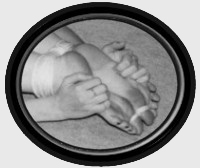
Gordon Willis, unquestionably one of the greatest cinematographers in history, has died at the age of 82.
Willis' contribution to the medium of film cannot be overstated. The man was almost singlehandedly responsible for the unmistakable "look" of 1970s cinema thanks to his unconquerable skill with shadow and light. Willis was a master at utilizing the Renaissance-era painting technique of chiaroscuro, a balance of variant dark areas punctuated with stark or solemn pools of light. On film, Willis was the cinematic incarnation of Caravaggio, the pioneer of the method in painting, and used it to legendary and immortal effect on Francis Ford Coppola's The Godfather (1972). Paramount Pictures wanted a what was then-considered modern look for the period piece, but Coppola was insistent that the film resemble the photography of the period--a slightly washed out sepia with auburn undertones and greedy greens with a propensity for rich shadows and stark bright whites characteristic of film. The result established an aesthetic that remains the gold standard of noir lighting amongst cinematographers today.
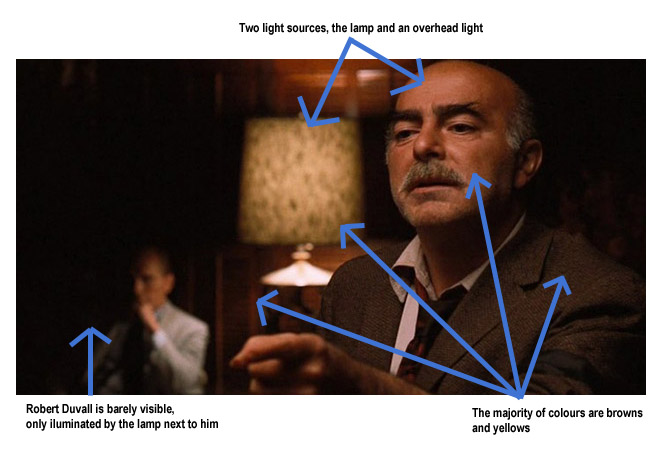
Willis skirted the very edge of the negative's latitudinal threshold. In fact, during dailies, studio reps complained that they couldn't see half the picture because it was buried in shadow, not realizing that the look was intentional, and the absence of imagery was just as effective as the presence of it. Willis' skill with dark earned him the moniker The Prince of Darkness" by industry solons.
But Willis' most enduring aesthetic look wasn't the famous gradations of shadows and accompanying jaundices that simulated monochromatic hues with color, it was his use of golden sunlight and incandescent light to use fill light as key light. This way of edge-lighting everyday scenes with natural (or at least natural-looking) light from an off-kilter direction brought out the contours of people's faces and the textures of the actual physical locations favored by filmmakers of the period, and has become one of the most if not THE most discernible lighting signature of the 1970s. Even other cinematographers like Nestor Alemandros and Caleb Deschanel took to using his techniques to make virtually every scene in every movie look like a present-day moment from another time.

Days of Heaven (1978; Nestor Alemandros)

The Black Stallion (1979; Caleb Deschanel)
Even other cinematographers who had their own distinct color theories and aesthetic effects seemed to be infected by Willis' use of dark as color itself rather than a stylistic novelty:
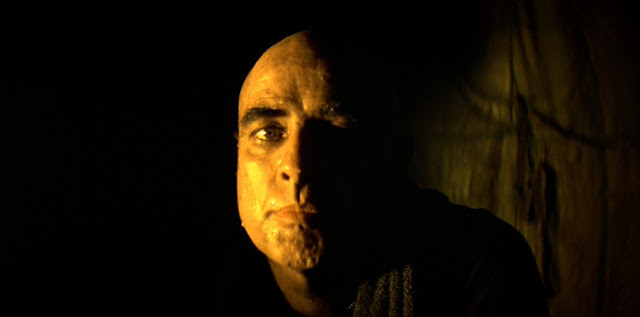
Apocalypse Now (1979; Vittorio Storaro)
Willis removed black from the surrealistic confines of Expressionist-influenced aesthetics, particularly those effects in film noir, and made it a part of the palette. This technique established the quintessential 70s look that gave the decade its longevity: a world that was lived in, washed out, and aging, but beautiful in the right light. As a result of this, filmmakers who love the 1970s were keen to use these effects in their own photography. Roger Deakins practically owes his career to his ability to render Willis' approach with seamless deftness as he did with The Shawshank Redemption, The Hudsucker Proxy, and The Big Lebowski.
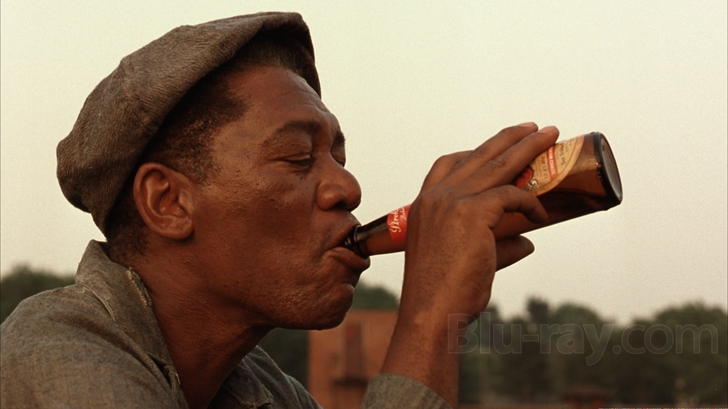
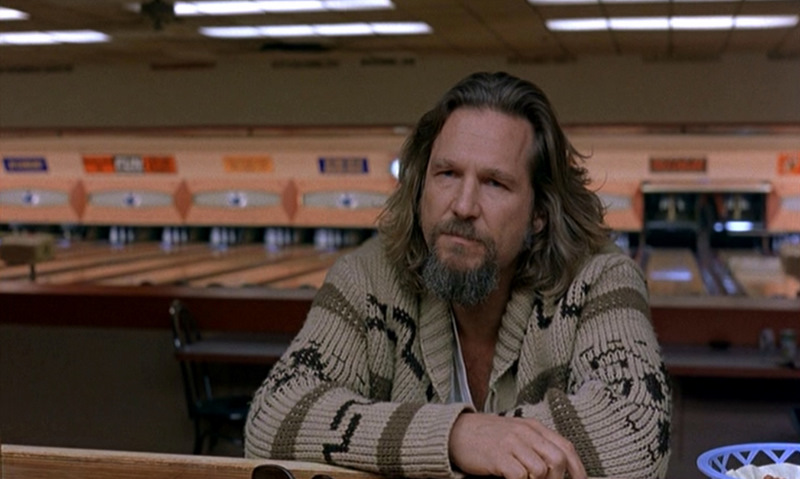
As if all this wasn't enough, Willis also established the model for how to light the 1970s in a way that made them a period film in their own time courtesy of the time capsule that is Annie Hall:
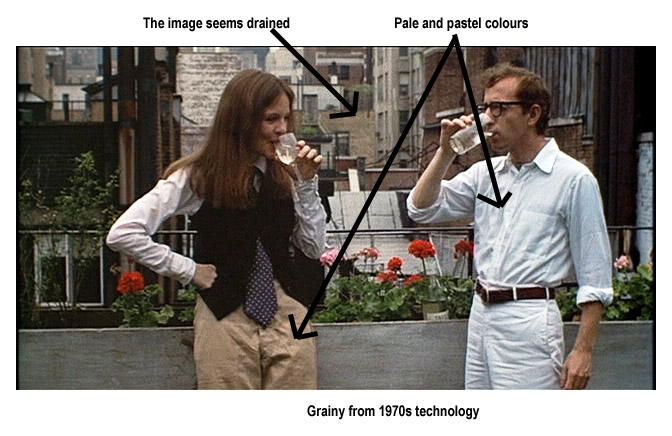
For a decade known for its garish colors (though not to the extent of the 1960s), Willis used his mastery of the dark to redirect the focus to line by using the folds of the costumes and the seams in concrete and furniture to accentuate the details of a world that is both real and lived-in, even though its entirely modern.
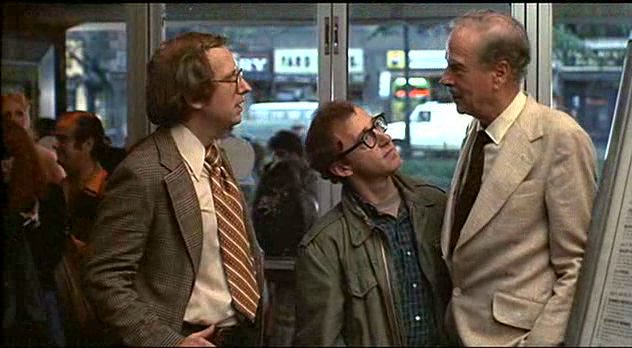
Note how a light-hearted scene like this uses shadow by finding it in every nook and cranny of an environment down to the very lapels of the suits the characters wear. This shot from a famous comedy would find itself at home in an otherwise un-related movie like Taxi Driver the year before:
For my money, however, Willis' best use of his talents is the legendary All the President's Men (1976), probably the best film about the pervasive, unseen spectre of paranoia ever captured on film without the aid of a single car chase or gunshot. Using his skill with hard-light cast for the bright newsroom to contrast the interminably pitch-fucking-black shadow palaces of parking garages and sidewalks at night during the most psyche-shattering conspiracy in American politics, Willis created a film so influential that 40 years later, genius directors like David Fincher--no stranger to the dark himself--used the film as reference material for his own crime procedural Zodiac.
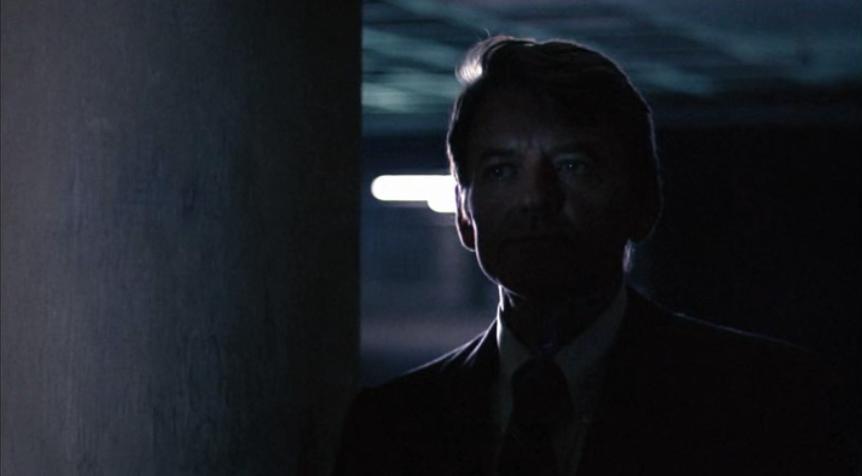
Deep Dark Throat.
Perhaps the synthesis of his work is Woody Allen's Manhattan (1979). Intentionally shot in black-and-white with the sole purpose of merging the immortal 20th-century iconic New York and its encapsulating photography with a modern-day romantic comedy narrative, Willis managed to shoot a film that was both vintage and modern in equal, inseparable harmony:

Vintage
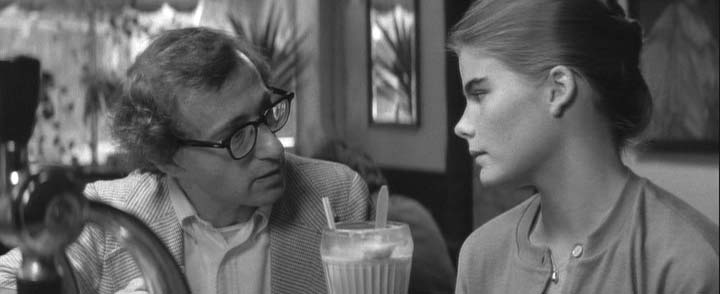
Modern
Willis did his best work under Coppola, Allen, and the late Alan Pakula (the seminal The Parallax View, 1974 and All the President's Men). For virtually every other director he worked for, he was a Stradivarius in the hands of a 4th chair High School orchestra. His work was quality, but the projects themselves forgettable, the most notable being The Money Pit (1986) and Malice (1993). Inexplicably, he stopped working in 1997 after finishing work on The Devil's Own with Harrison Ford and Brad Pitt (in one of Pitt's last films cashing in on Pitt as a handsome young up-and-coming stud), which was also, ironically, the swan song for Pakula.
Despite shooting some of the best films of the 1970s, some of which are among the best films ever made, and establishing a film aesthetic as indispensable to film as shading or perspective is to painting, Willis never received a single Oscar nomination for any of the films that swept the same ceremony those years. He received an honorary Oscar in 2009 along with Roger Corman.

